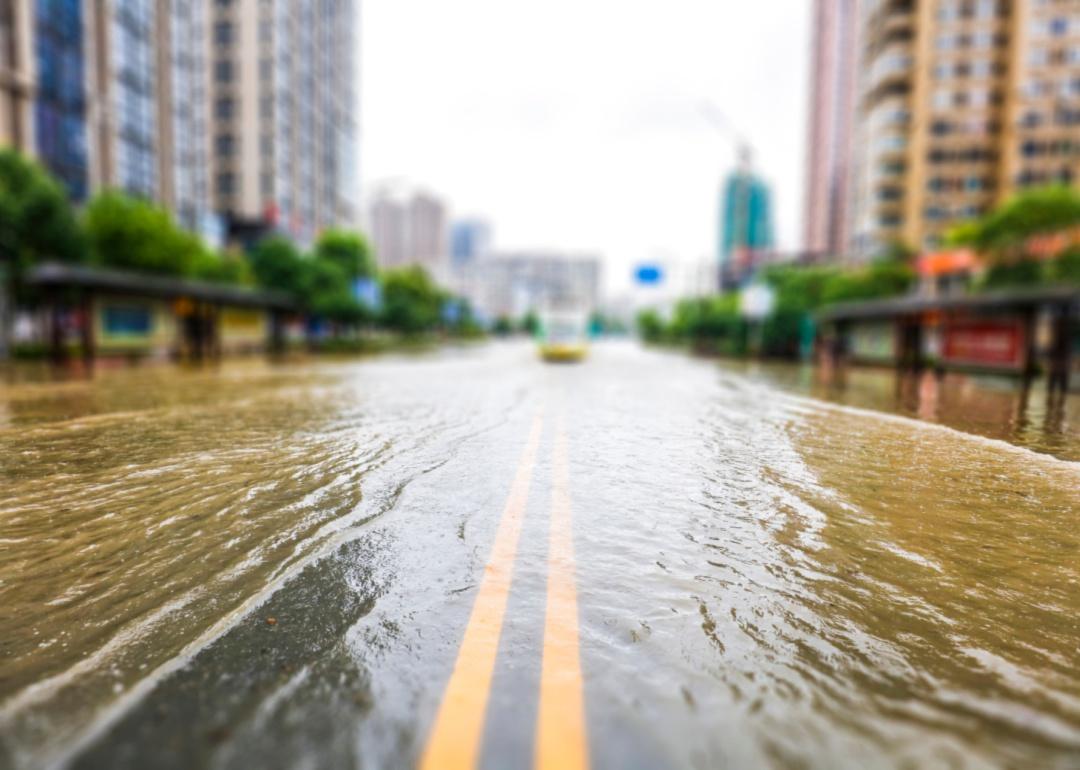
How to help your business prepare for and recover from natural disasters
This story originally appeared on Westfield and was produced and distributed in partnership with Stacker Studio.
How to help your business prepare for and recover from natural disasters
Bad weather and natural disasters, like the severe winter storms that hit the Central and Northeast U.S. in late December 2022 and the catastrophic flooding that affected millions in California in early January, cost lives and money.
As of this October, there have been 25 weather and climate events. Each has caused more than a staggering $1 billion in damage—not counting injuries and fatalities. Major weather events can threaten people's homes, communities, and businesses of all sizes.
Westfield compiled information from the Small Business Association, the Insurance Information Institute, and other industry expert sources to detail how companies can prepare for natural disasters common to their area and what resources they can use to recover. Preparing for the unknown can be daunting, but there are simple ways to start. The first step is to identify critical processes that need to be preserved and develop backup methods for recovery. For example, creating a digital system for important documents will save a business from distress.
Designating a business continuity team—often existing employees—will also ensure proper recovery procedures are in place and will continue to update and review those methods over time. The continuity team also helps a business pivot when outside forces require a change in approach. The ability to reprioritize during a natural disaster is crucial for the success of a business.
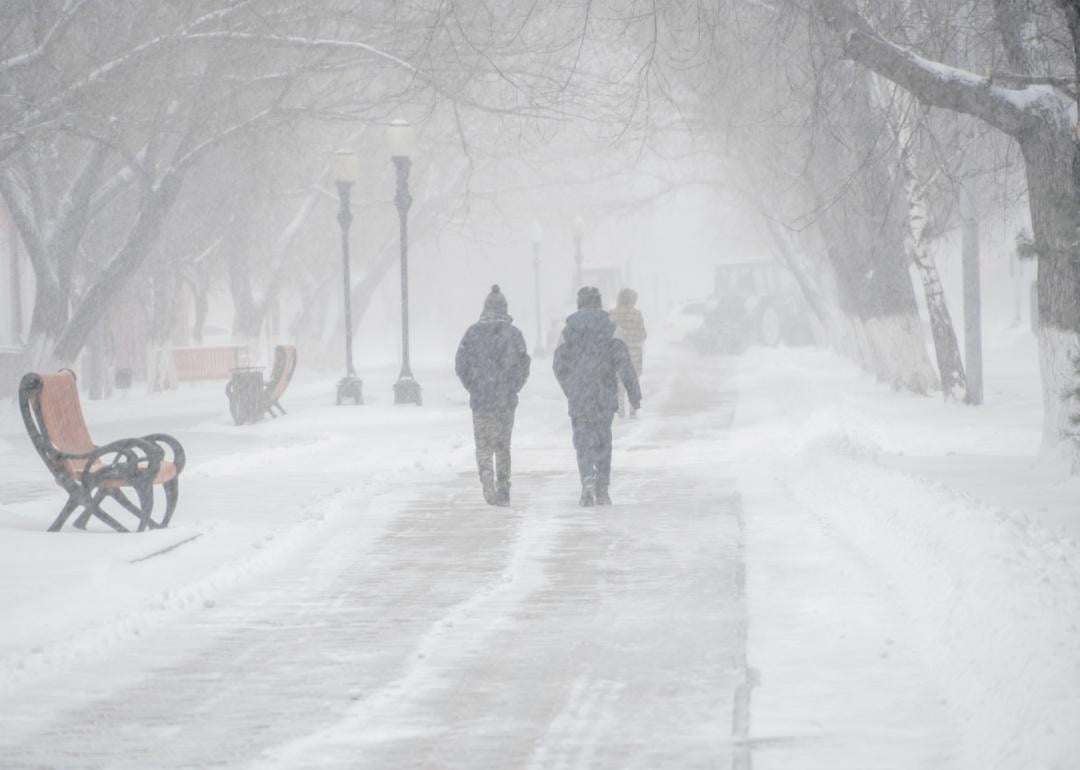
Winter storm
Winter storms can hit any business in any state but are most common in the Midwest and Northeast. The Small Business Administration suggests creating a disaster kit for your business. It should include rock salt to melt ice on driveways and walkways, portable heaters to keep crucial equipment from freezing, a list of workers' cell phone numbers, and contact information for contractors who can repair damages.
Keep this information and other storm-related policies up to date in your employee handbook. Make a note of who works in which locations and whether people who cannot work because of the storm—due to road closures, power outages, or other obstacles—will be paid.
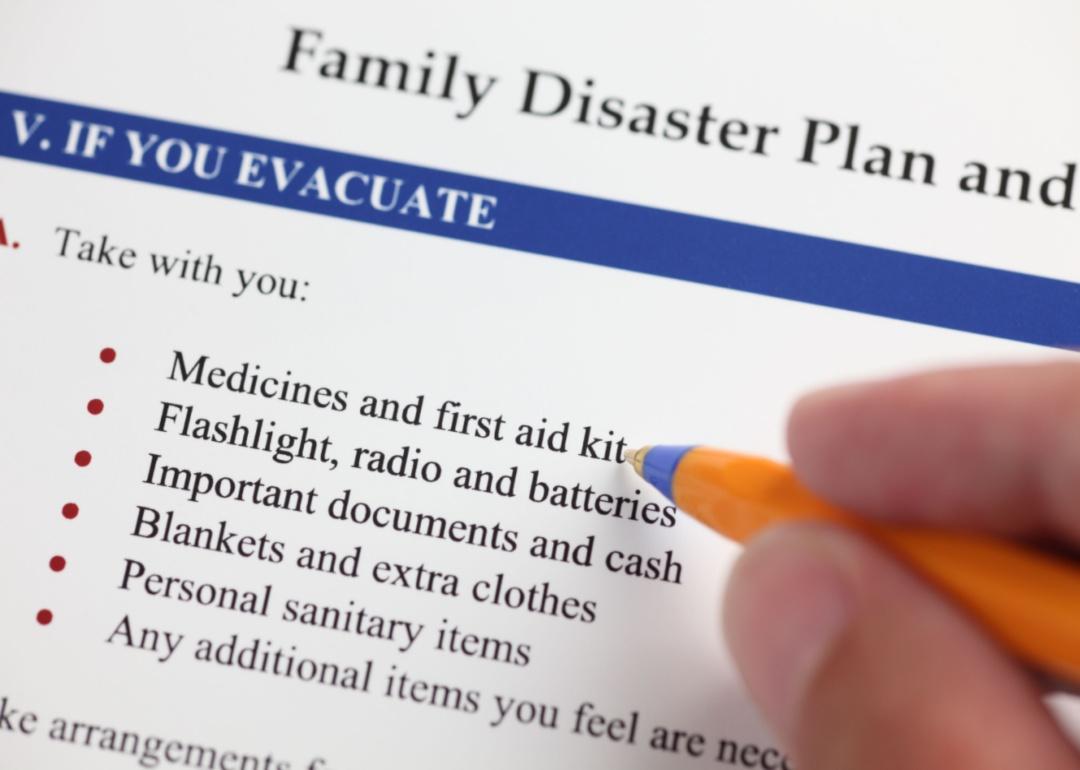
Tornado
A tornado can hit anywhere, anytime. The rotating columns of air can throw cars, tear apart buildings, and knock out utilities in minutes. There were more than 1,400 tornadoes in the United States in 2022, up from 1,075 in 2020.
One of the easiest ways to prepare a business for a tornado is to ensure a safe shelter for employees. You can also have a communications plan for notifying staff of tornado dangers in their areas and encourage workers to make personal or family disaster plans. Having a badge system that keeps track of which employees are in which buildings during the storm can help ensure everyone is accounted for when it's over.
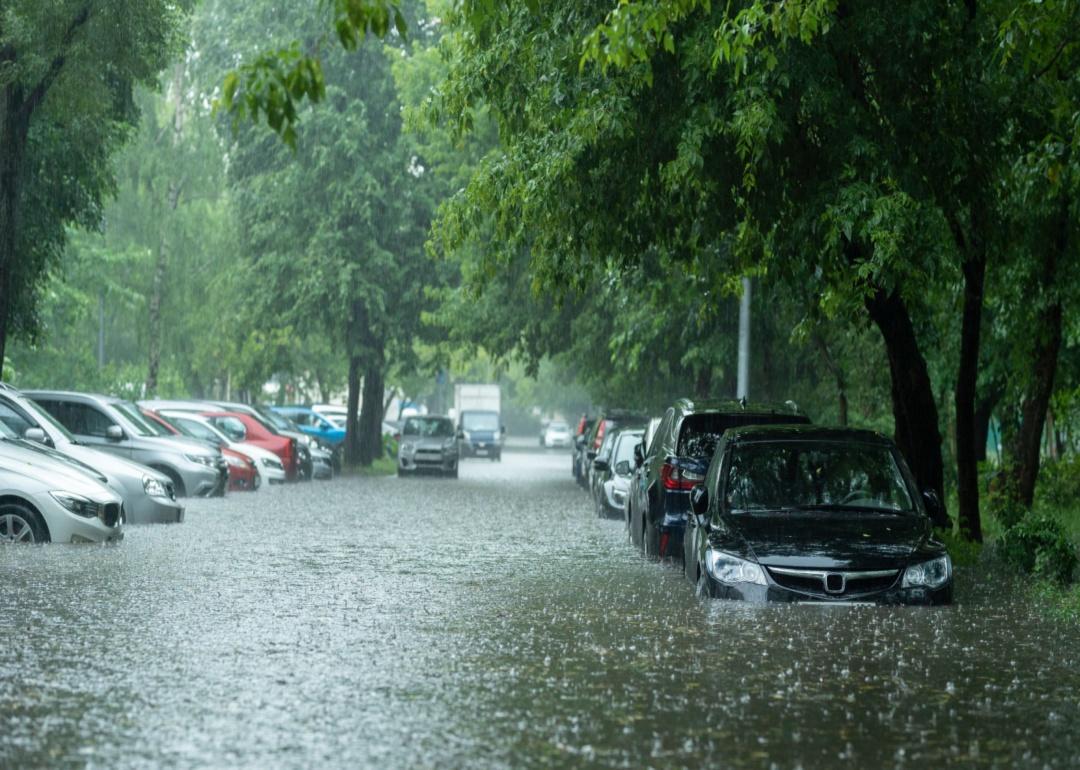
Flood
A flood can escalate quickly and doesn't need to be deep to cause real problems. Six inches of water can cause issues with vehicle steering and braking—and a foot of water will float most vehicles. Even a few inches of water may block building exits.
In addition to a comprehensive evacuation plan to keep employees and customers safe, one of the best ways to prepare a business for flood damage is to digitize operations. A flood can keep critical functions open if the company runs human resources, information technology, payroll, and benefits departments electronically. And keeping electronic copies, especially ones stored in secure locations away from the flood-prone area, can prevent losing important records.
Compile an inventory of valuable property to give insurance companies that need evidence to process claims. Also, document damage, and don't discard anything before contacting your insurance company and making a record.
If a flood is on the way, owners of multistory buildings can reduce damage by raising the elevator to the second floor and turning it off.
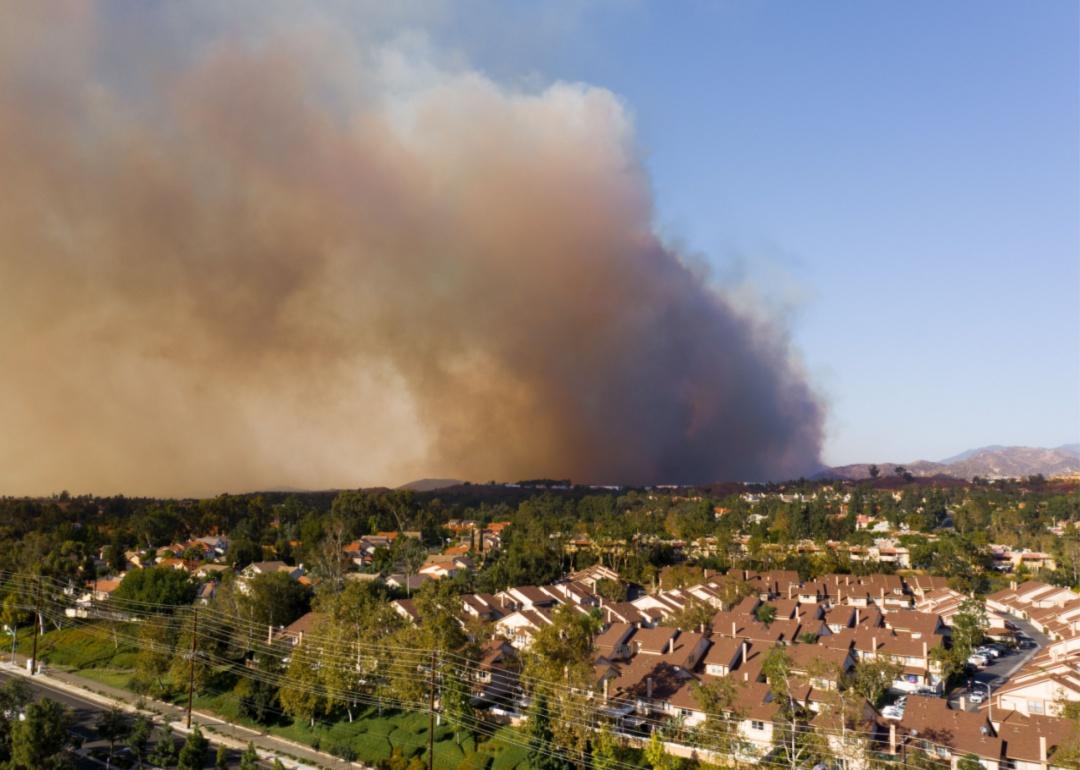
Wildfire
Wildfires can arise without warning and continue for weeks or even months. As a result, they can cause a great deal of unforeseen financial damage: In 2021, one restaurant in California lost over $10,000 in food that expired during an evacuation period and could not recoup the cost through insurance.
In addition to the physical damage to homes and businesses, wildfires often require roads to be closed to allow firefighters access or prevent danger to drivers.
The states most at risk from wildfires are in the West, but fires can erupt anywhere. To prepare, ensure you have sprinklers, fire extinguishers, and other equipment, like kitchen fire-suppression systems and emergency gas shutoffs, and that staff knows how to use everything. Have an evacuation plan and enough supplies to shelter staff if necessary.
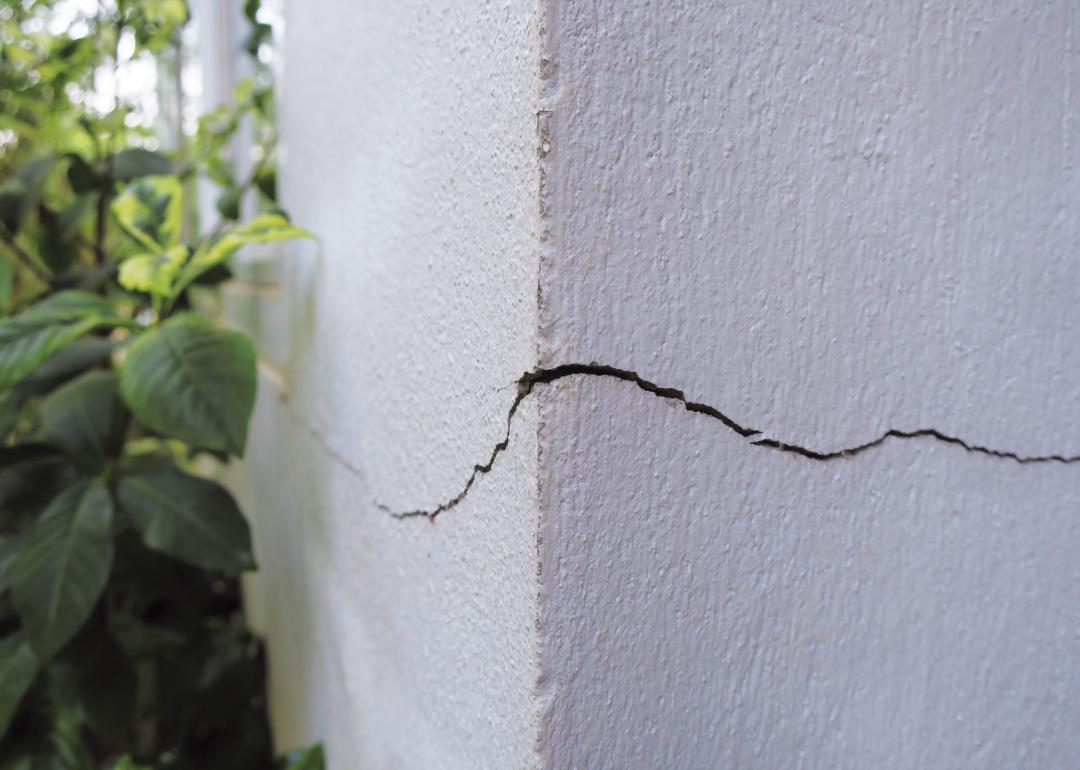
Earthquake
Preparation for fire damage is a big part of equipping a business for a natural disaster. For example, earthquakes can break gas lines, leading to leaking gas and explosive fire. Earthquakes can also activate sprinkler systems and cause flooding, damaging property.
Businesses need a separate policy or addendum for earthquake damage, as policies do not typically include it. Even though they are most common in California and Texas, earthquakes can happen anywhere, especially in places with major infrastructural construction.
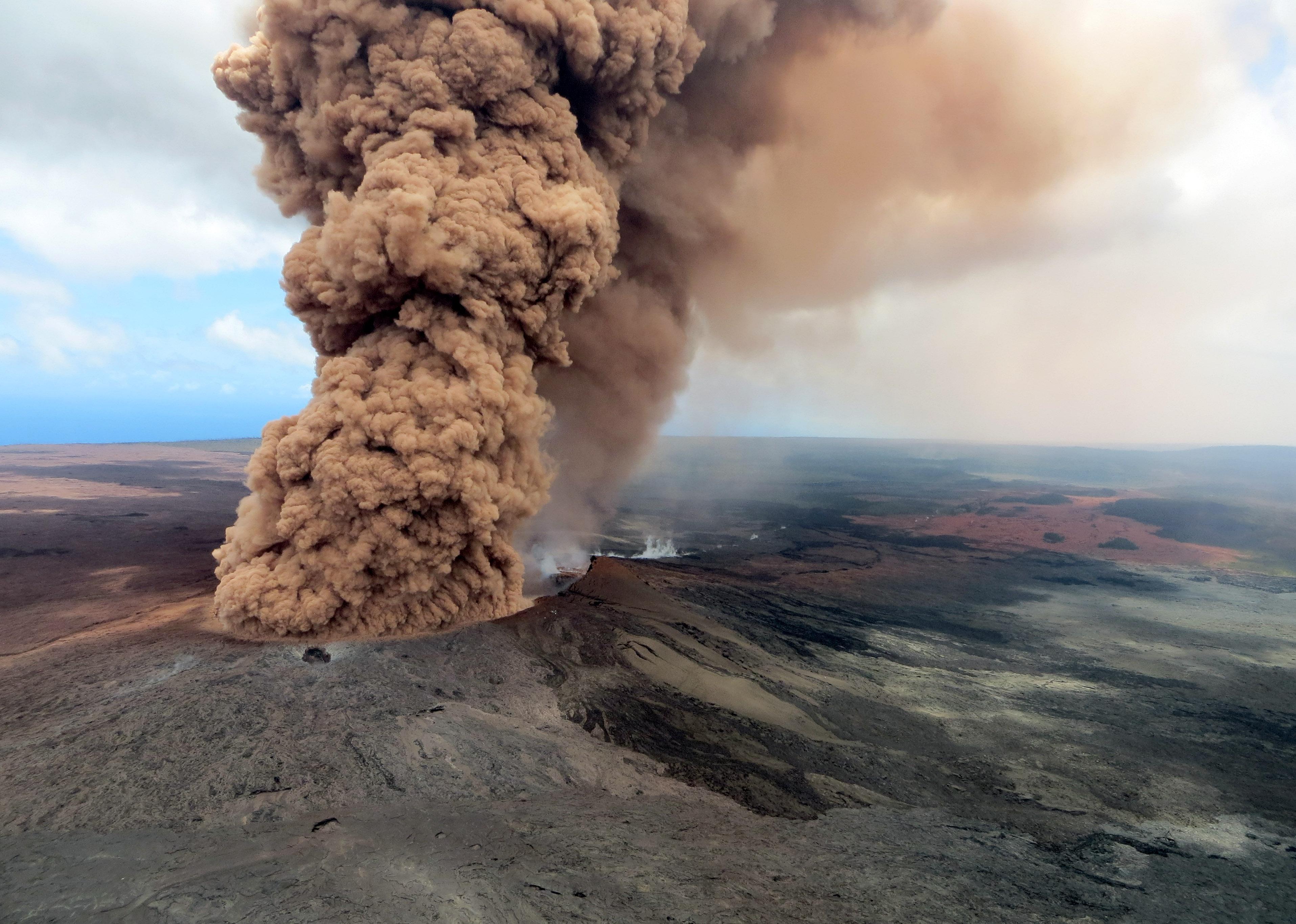
Volcanic eruption
Every continent has active volcanoes and many maritime nations, like those in the Caribbean or Pacific islands. Locating and designing buildings to reduce vulnerability to lava flows and ashfall is one way to keep your business safer.
But the effects of a volcanic eruption can extend well beyond the physical area affected, as ash spreads downwind and disrupts ports or other parts of the global supply chain. Businesses that identify processes and routes near active volcanoes can make plans for shifting if an eruption occurs.
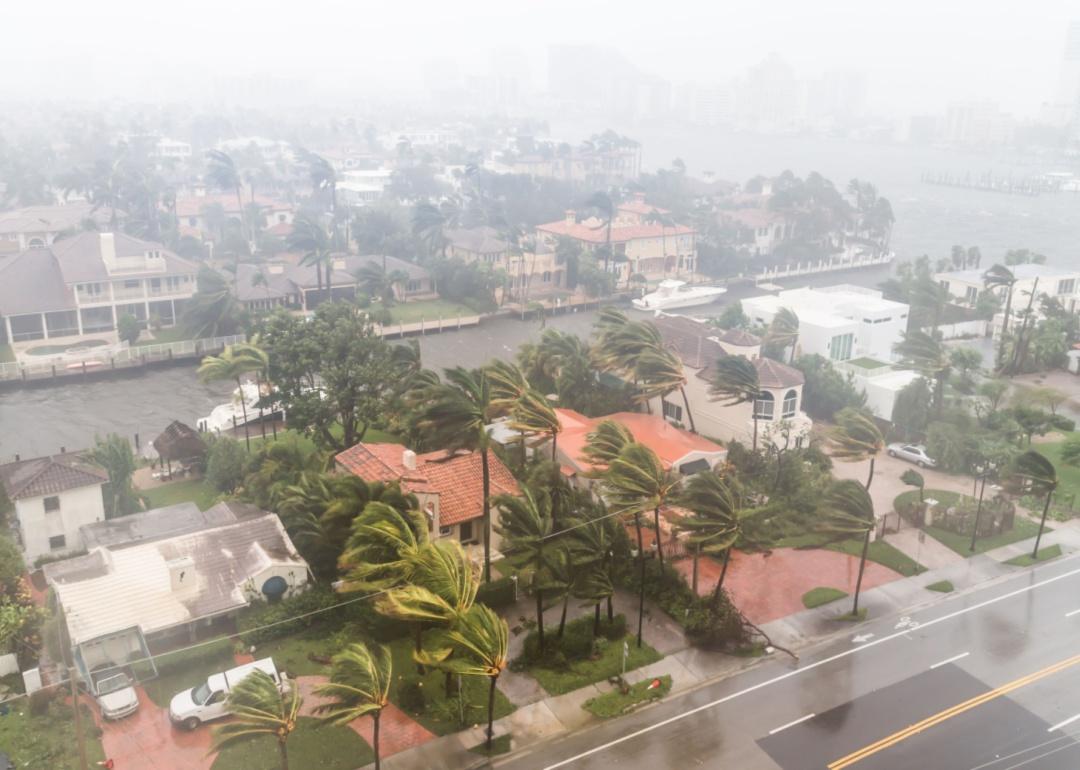
Hurricane
Every second of a hurricane can unleash as much energy as 10 atomic bombs, which makes preparation incredibly challenging. No matter how well a business tries to prepare, hurricanes cost money. Hurricane Katrina in 2005 cost insurers more than $65 billion—and everyone else almost another $100 billion in actual costs and missed earning opportunities.
Hurricane Harvey in 2017 did more than $120 billion in total damage. In 2021, a combination of 20 hurricanes and other storms did $145 billion in damage.
Government and private investment firms work to predict, monitor, and warn residents of a hurricane's approach. Paying attention to local forecasts and emergency notifications can help businesses know whether to board up and hold on, or clear everything out and head for safer ground.



